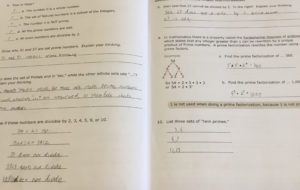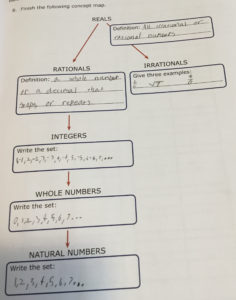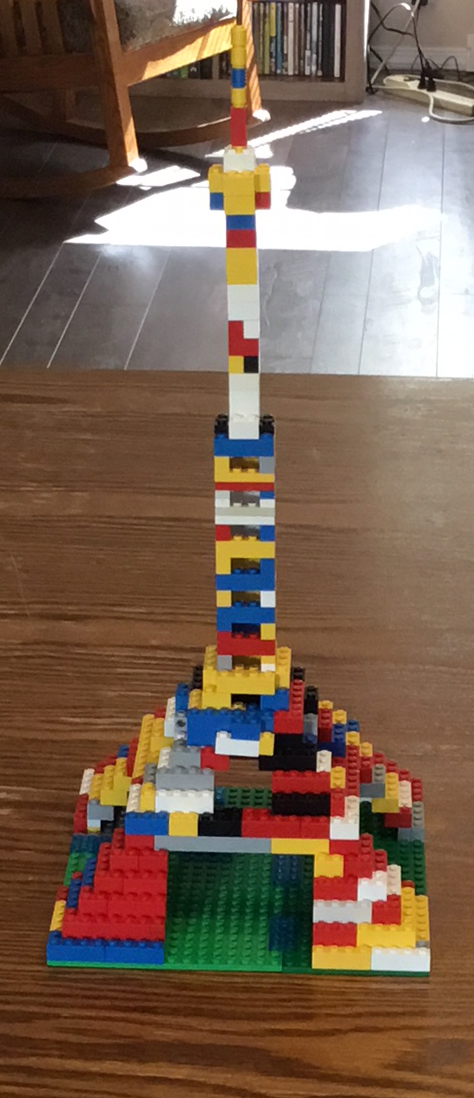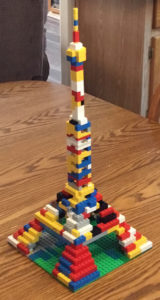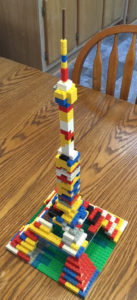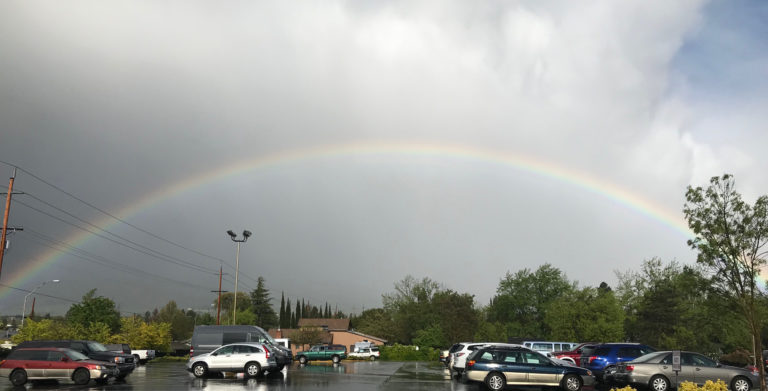Hands On History (review)
We had the pleasure of reviewing several products from Home School in the Woods just a few months ago. Now, we’ve been blessed with another: one of their Hands-On History Lap-Paks, this time on U.S Elections.
When you purchase the Lap-Pak (current price is $18.95 for a family license download; $1 more if you want a physical CD), you’ll receive a ZIP file that needs to be extracted. Once you do that, you’ll see lots of different folders. It can be quite overwhelming to figure out what all’s in there, but my advice is to stick to the folders (as opposed to the web links). All the PDFs you need can be found in those folders fairly easily. The Elections Pak comes with 3 such folders: images, MP3s, and PDFs. The PDFs folder then has three subfolders, but we’ll get to those as we move along here.
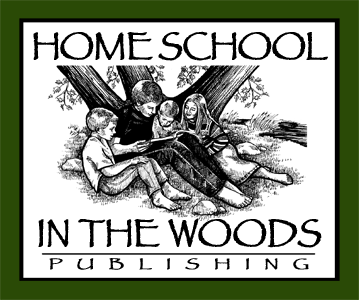 If it’s your first time using one of the Lap-Paks, the best folder in which to begin is the PDF subfolder “Introduction and Directions.” Here, you’ll find 4 PDFs to help you understand what you’ve gotten yourself into and how all the different pieces (the main project in this unit is a lapbook, if you and your are so inclined to make one) will go together in the end. The next thing to do, especially if you’re going to make the lapbook as prescribed, is to get all the printing done. I have to warn you: Home School in the Woods requires a lot of printing per child.
If it’s your first time using one of the Lap-Paks, the best folder in which to begin is the PDF subfolder “Introduction and Directions.” Here, you’ll find 4 PDFs to help you understand what you’ve gotten yourself into and how all the different pieces (the main project in this unit is a lapbook, if you and your are so inclined to make one) will go together in the end. The next thing to do, especially if you’re going to make the lapbook as prescribed, is to get all the printing done. I have to warn you: Home School in the Woods requires a lot of printing per child.
Once you, as the parent/teacher know what’s going on and have all the pieces printed, it’s time to get your kids!
The U.S. Elections study is recommended for grades 3-8, so I did it primarily with Munchkin (he just finished 6th grade), but Seahawk listened in a bit too. The last election was so … charged … that they were fairly interested in the process of how that all works and what went into everything that went down almost two years ago.
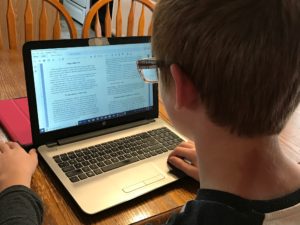 I started by having him read the “Elections Booklet.” As I mentioned in yesterday’s review (science for little kids), I haven’t had easy access to our printer of late, so I just had him read straight from the computer. Likewise, we didn’t do the full lapbook; instead Munchkin did the reading and wrote a little report for me. I wish we’d been able to do the full lapbook because the different pieces look pretty great, but alas that wasn’t in the cards for us this time. I’ll just have to save my files and use it in a couple of years with Small Fry – he’ll be in roughly 3rd grade just in time for the next election.
I started by having him read the “Elections Booklet.” As I mentioned in yesterday’s review (science for little kids), I haven’t had easy access to our printer of late, so I just had him read straight from the computer. Likewise, we didn’t do the full lapbook; instead Munchkin did the reading and wrote a little report for me. I wish we’d been able to do the full lapbook because the different pieces look pretty great, but alas that wasn’t in the cards for us this time. I’ll just have to save my files and use it in a couple of years with Small Fry – he’ll be in roughly 3rd grade just in time for the next election.
Now that we’ve talked about the PDF folders and how we used them, let’s move on to the MP3s. In this folder, there are 2 files, simply called “U.S. Elections Part 1” and “U.S. Elections Part 2.” If you have a child that is a competent reader – both in reading and comprehension simply by seeing the words – then you probably won’t need these. You see, they’re just a reading of the Elections Booklet I mentioned before. In our case, we didn’t need them because Munchkin is a visual learner (much like myself) and does better with reading than listening. If Seahawk had been doing this study more seriously with us, he’d have used the audio files exclusively.
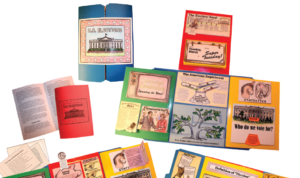
This is a stock image of the lapbook project; it’s not mine. As I mentioned, we weren’t able to do the lapbook, but I wanted to include an image of it anyway.
Overall, I think this is a fabulous resource for teaching your children how elections work in the United States. I wish the printing hadn’t been such a burden this time around and we’d been able to do the full lapbook, but despite that, I can be assured that my son learned a lot about the election process just in what we were able to do.
Members of the Homeschool Review Crew are reviewing lots of different items from Home School in the Woods today, including many from their Project Passport series. Speaking of Project Passport, they were able to finish their most recent one early, so the Ancient Rome study is now available for purchase! If you’re studying that time period this school year, definitely check it out! Click the banner below to find out more.
Blessings,

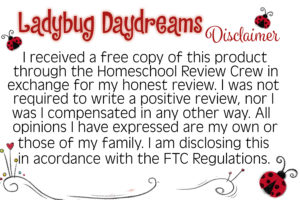



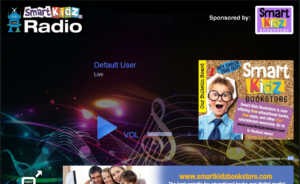
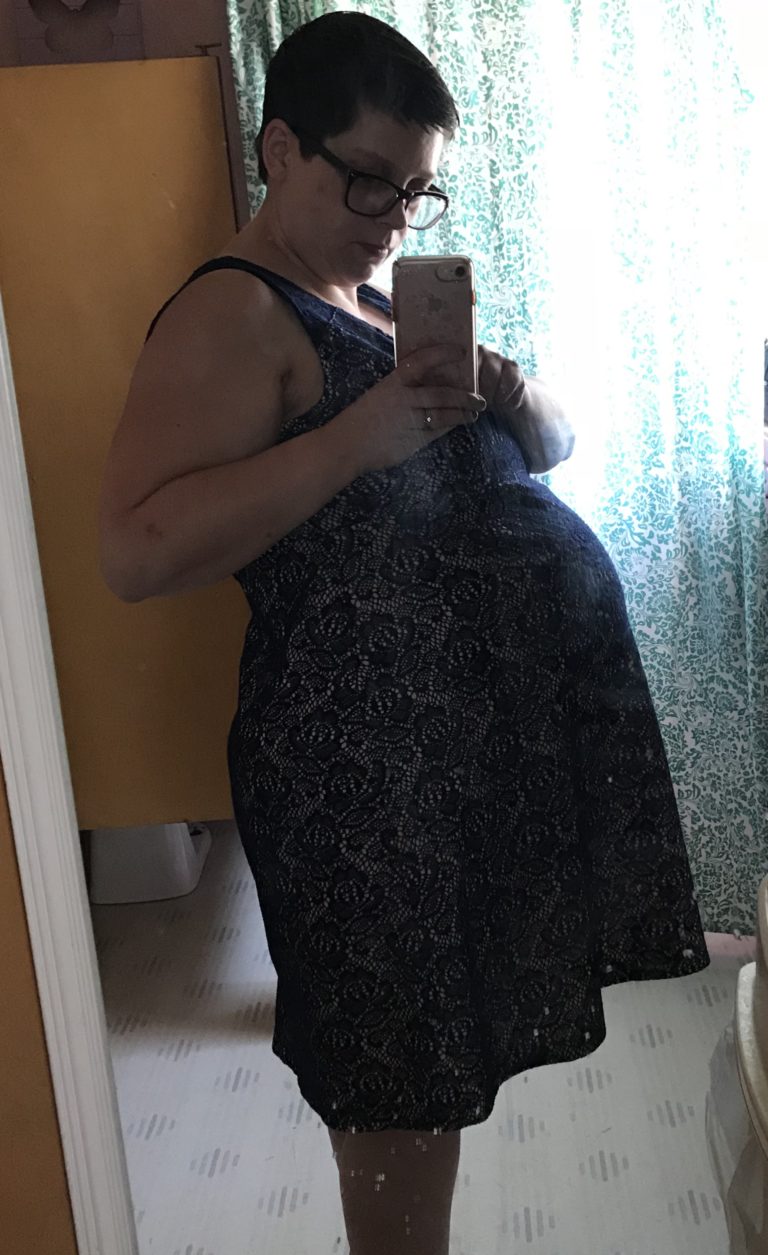

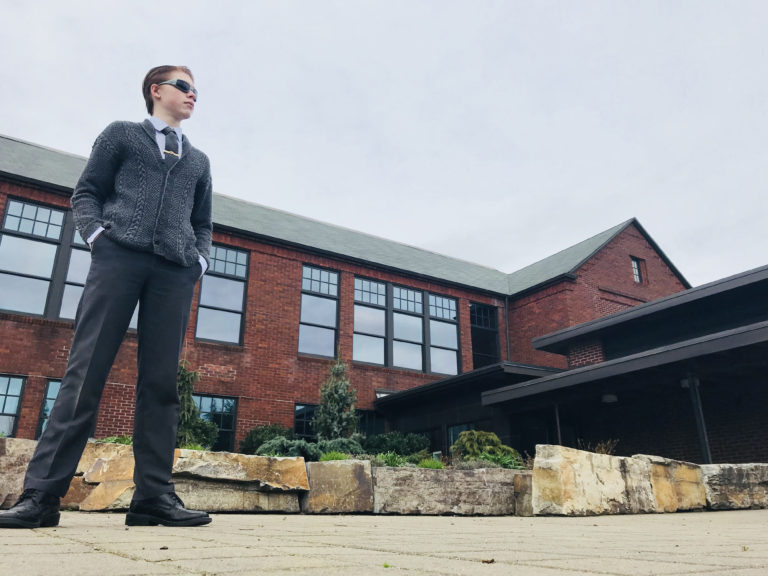
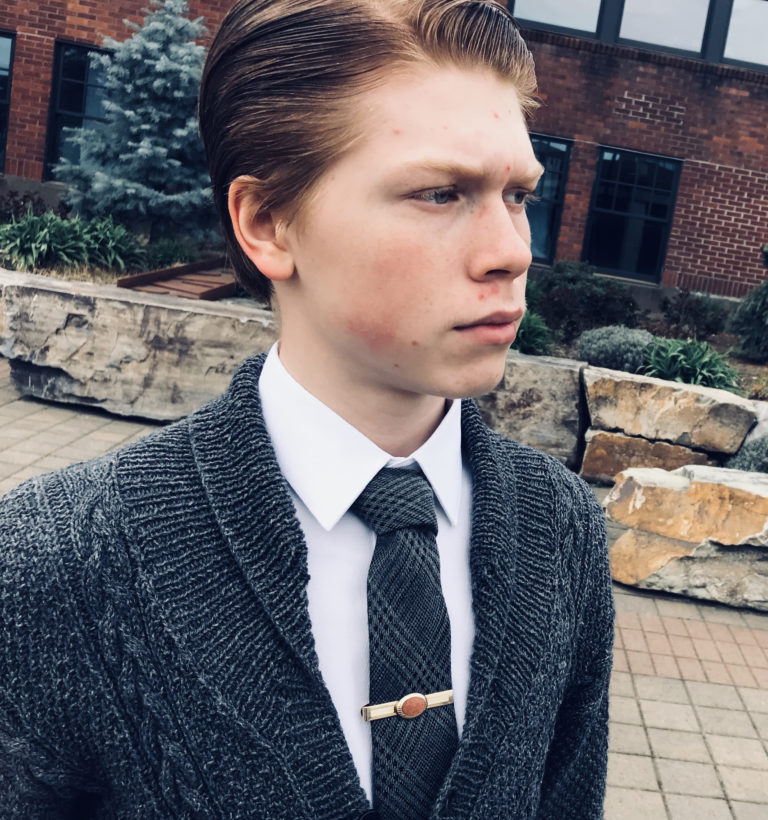
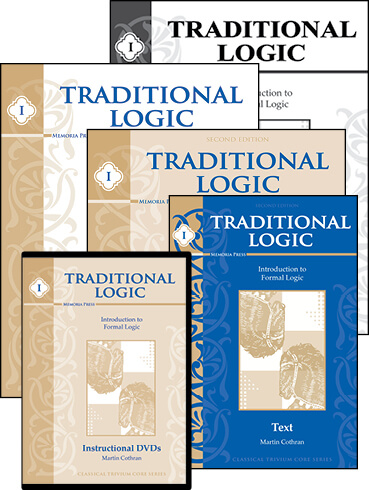 This course from Memoria Press (leaders in homeschool classical education), written by Martin Cothran, is all about traditional, formal logic – the kind developed by the Ancient Greek philosopher Aristotle. These quotes from the “A Note to the Teacher” at the beginning of the textbook sums it up perfectly:
This course from Memoria Press (leaders in homeschool classical education), written by Martin Cothran, is all about traditional, formal logic – the kind developed by the Ancient Greek philosopher Aristotle. These quotes from the “A Note to the Teacher” at the beginning of the textbook sums it up perfectly: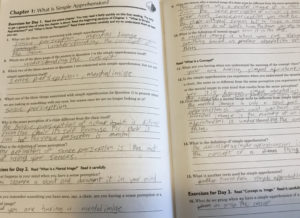
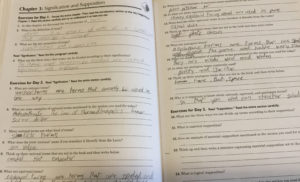



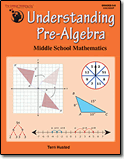 It opens with a chapter on number families. The book explains the different types of number groups used in higher level mathematics (natural numbers, whole numbers, integers, rational and irrational numbers, etc). This chapter lists 5 sections in the table of contents, but they were all simple enough concepts that we (me teaching and Munchkin working) were able to finish it in just 2 days.
It opens with a chapter on number families. The book explains the different types of number groups used in higher level mathematics (natural numbers, whole numbers, integers, rational and irrational numbers, etc). This chapter lists 5 sections in the table of contents, but they were all simple enough concepts that we (me teaching and Munchkin working) were able to finish it in just 2 days.